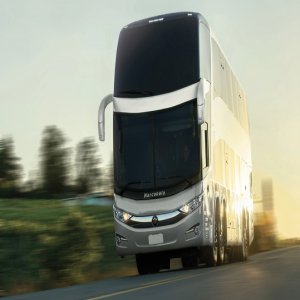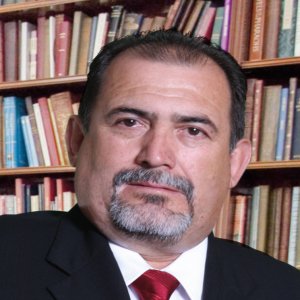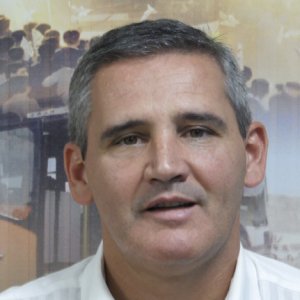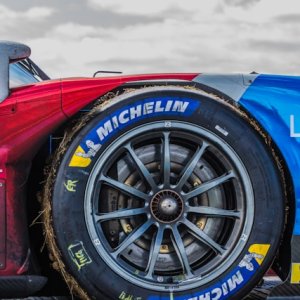Luxury Demand Balanced by Strategic Exclusivity

STORY INLINE POST
When it comes to luxury cars, Italian vehicles represent the cream of the crop, counting such reputable names as Ferrari and Maserati among their ranks. As stated by Ferrari itself, words are not nearly enough to describe the feeling that automobile aficionados experience with either of these brands. Conveniently though, while both are vastly different in terms of style, appearance, and performance, they combine perfectly with each other. Rodrigo González, Director General of Ferrari & Maserati Mexico, explains that both brands offer all of their available vehicles in this country. Maserati has two models: the QuattroPorte GTS and the Ghibli SQ4. Ferrari, on the other hand, presents a much wider selection to choose from. In the 12-cylinder line, there is the Ferrari F12berlinetta and the FF, while the 8-cylinder line features the Ferrari California and the 458 models Speciale, Spider, and Italia.
The market for Ferraris is divided into three main targets, as González explains. “The Ferrari California was designed for the female market, but it turned out to be really attractive to first-time clients. The other 8-cylinder models, on the other hand, focus on a young customer base, ranging from 35 to 50 years old, while the 12-cylinder models are targeted toward a client range of 50 years and older.” While these regular models have begun to make an impression in Mexico, González also mentions that Mexico is becoming an attractive market for collectable and limited edition vehicles. According to him, the new LaFerrari sold nine cars in Mexico and only two in the US. Not only is this figure higher than what would be expected from Mexico, it also happens to be the highest number in Latin America, turning Mexico into a key market for Ferrari North America. There is, however, a limited customer base in the Mexican market, and González states that the only way to compete is to offer post-sale services of the highest quality. “Unfortunately, the necessary purchasing power to afford this kind of vehicle is concentrated in a small group of people, so we want to retain as many clients as possible,” he explains. “Since gaining a number of new clients in 2009, we have been focusing more on keeping those customers close, and ensuring that they remain loyal to the brand.”
Sadly, Ferrari had not seen much progress in Mexico before this influx of new buyers. These clients arrived after the crisis of 2008, which represented one of the worst economic periods for Mexico and affected vehicle sales in all market segments. González explains that, after analyzing the situation, Luca di Montezemolo, then President of Ferrari, decided that the company would only manufacture cars to order. This led to a drop in production to less than 6,000 units and prevented the rise of used Ferrari prices. “These measures were possible mainly because of Ferrari’s small structure, which allowed the company to take the initiative when the market demanded it,” González states.
As is traditional during almost every governmental power shift, President Enrique Peña Nieto campaigned with the promise of renewed wealth and abundance for Mexico. For that reason, Marco Mattiacci, CEO of Ferrari North America, stated that Mexico would be the new China for Ferrari. “By 2012, there was a rise in demand of up to 7,300 units and it was expected to increase even more,” González states. “Nevertheless, Di Montezemolo declared that Ferrari would not produce more than 7,000 vehicles a year in order to maintain its exclusivity.” He continues by explaining that, after some time, Mattiacci’s declaration proved to be unfounded. Nowadays, clients who want to buy a Ferrari need to leave a significant deposit, which will only be returned once the car has been sold, preventing regular cancellations. These measures made Ferrari even more exclusive than it already was, creating a higher demand for the brand and a waiting list of nearly two years for new customers. As a result, 42 new units were sold in Mexico during 2014, representing a large chunk of the 600 sold in the country since 1998.
During 2015, Mexican clients will continue having access to the usual Ferrari models, while also gaining the opportunity to order the new Ferrari California T. There was recently a Geneva-based presentation of a new 8-eight cylinder model with a turbo engine that will replace the 458 series, and 2015 will also be the delivery year for the nine LaFerrari sold two years ago. As the motto from the Ferrari Museum Maranello states, Mexican clients are “living the dream”, and with the luxury market on the rise, we can expect a more important presence from Ferrari and Maserati over the next few years.























